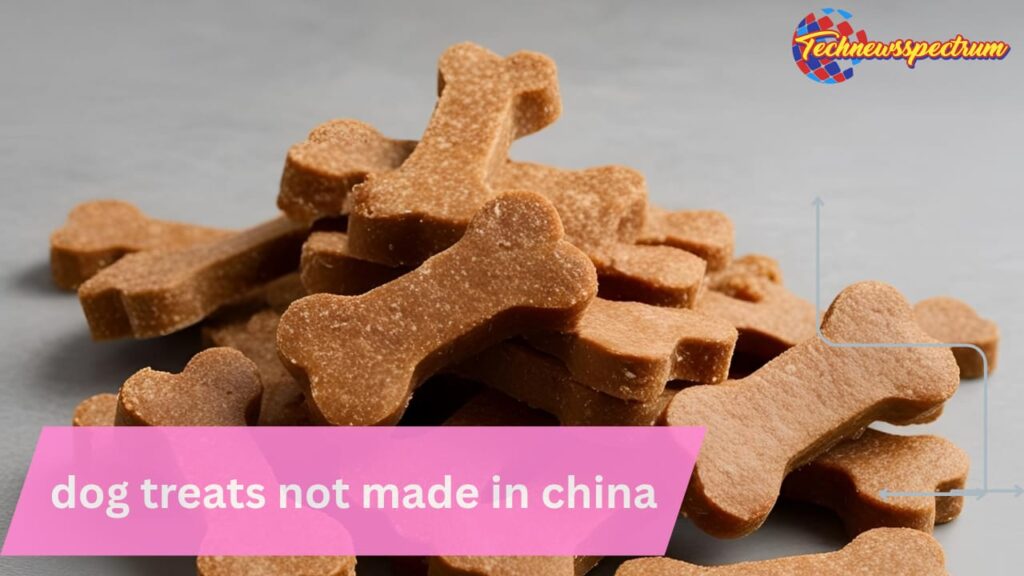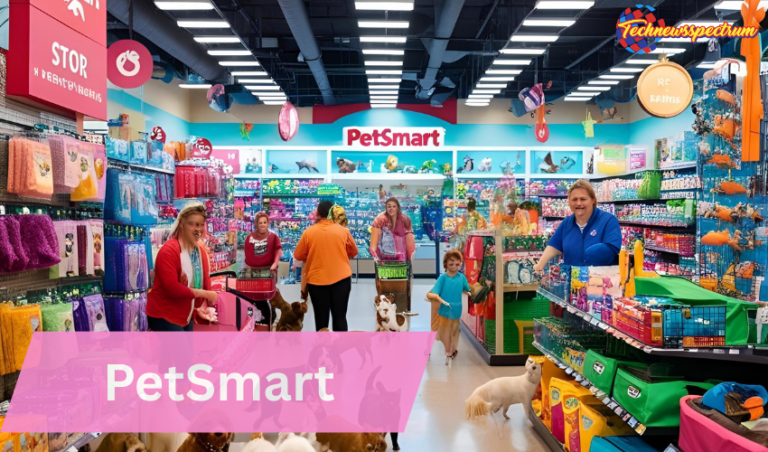Dog Treats Not Made in China
Table of Contents
| Heading | Subtopics |
| H1: Dog Treats Not Made in China | Why it matters and what to know |
| H2: Understanding the Concerns | Past incidents and safety issues |
| H2: What to Look for in Safe Treats | Labels, sourcing, transparency |
| H2: Countries Known for Safer Production | USA, Canada, New Zealand, others |
| H3: USA-Based Dog Treat Brands | Quality, regulation, trust |
| H3: Canadian Alternatives | Natural ingredients, clean reputation |
| H3: European and Oceanic Options | Strict safety rules organic options |
| H2: Common Ingredients to Avoid | Harmful additives and fillers |
| H2: Natural and Wholesome Alternatives | Clean labels and healthy snacks |
| H2: Treat Types That Promote Wellness | Dental, training, hypoallergenic |
| H2: Comparing Homemade vs Store-Bought | Control, freshness, risks |
| H2: How to Verify Product Origin | Certifications and company transparency |
| H2: Reviews from Dog Owners | What people are really saying |
| H2: Where to Buy Non-China Treats | Trusted shops and online platforms |
| H2: FAQs | Most asked questions, simple answers |
| H2: Final Thoughts | Wrap-up and smart choices |
Dog Treats Not Made in China
Choosing what your dog eats can be a big responsibility. Pet owners everywhere are paying closer attention to where those tasty treats really come from. If you’re one of the many seeking dog treats not made in China, you’re in the right place. This is more than a label preference—it’s a health decision based on experience, trust and safety.

Understanding the Concerns
The concern over imported treats—especially those from China—didn’t appear out of thin air. Several years ago, thousands of dogs in the U.S. fell ill or died after consuming tainted jerky treats. The scare created lasting hesitation.
Contaminants, questionable ingredients and lack of regulation played a role in those tragic incidents. Even now, many dog owners avoid Chinese-made treats due to the fear of hidden additives, antibiotics or worse.
If you’re navigating the pet aisle or scrolling through online shops and you spot “Made in China,” you may wonder if it’s worth the risk. That’s why many shoppers today start their search with this clear mission: Find dog treats not made in China.
What to Look for in Safe Treats
Finding safe dog treats isn’t just about scanning the label for country of origin. It involves reading between the lines—literally.
Here’s how to make sure you’re getting something reliable:
- Check the entire package: “Packaged in USA” doesn’t mean sourced in USA.
- Ingredient origin matters: Look for brands that openly disclose where ingredients are grown.
- Smaller batches often equal better control: Local or regional producers usually put care into each batch.
- No artificial preservatives or coloring: You want recognizable, clean ingredients.
- Transparency: Companies that show behind-the-scenes processes earn more trust.
Countries Known for Safer Production
Not all imports are bad news. There are several countries known for clean food practices, tighter regulations and a commitment to pet safety.
USA-Based Dog Treat Brands
American-made treats often follow strict safety rules. Brands that manufacture in USDA-approved facilities and use locally sourced ingredients are gaining popularity. Here’s what stands out:
- Short ingredient lists
- No artificial flavors
- Grain-free or limited ingredient options
- Small business transparency
Look for brands like:
- Zuke’s
- Blue Dog Bakery
- Three Dog Bakery
- Portland Pet Food Co.
Canadian Alternatives
Canada’s pet food industry is smaller but mighty. Treats coming out of Canadian kitchens emphasize natural and sustainable ingredients.
Many pet parents trust Canadian options because they:
- Use hormone-free meats
- Limit grains and fillers
- Often support local farms
European and Oceanic Options
Brands from New Zealand, Australia, Germany and the UK are stepping up with human-grade pet treats.
Why they’re trusted:
- Strict import/export checks
- Organic certifications
- Free-range meats and wild-caught seafood
Popular choices:
- Ziwi Peak (New Zealand)
- Blackdog (Australia)
- Lily’s Kitchen (UK)
Common Ingredients to Avoid
Avoiding low-quality ingredients is part of choosing safe treats. Watch out for:
| Ingredient | Reason to Avoid |
| Glycerin (from unknown sources) | May contain toxic residues |
| Artificial dyes | Linked to allergies and hyperactivity |
| BHA/BHT | Potential carcinogens |
| Propylene Glycol | Preservative with toxicity concerns |
| Meat by-products | Low nutritional value, unclear origin |
These are often found in cheaper, imported treats. Stick to products where every ingredient serves a clear, nutritional purpose.
Natural and Wholesome Alternatives
If you’re ready to ditch risky treats, natural alternatives can be a refreshing change. Choose:
- Freeze-dried meats like chicken or beef liver
- Dehydrated fish such as salmon skins
- Vegetable-based snacks with carrots, sweet potatoes or pumpkin
- Peanut butter dog biscuits (xylitol-free)
They’re easier to digest and offer real nutrition instead of empty calories.
Treat Types That Promote Wellness
Not all treats are created equal. Some go beyond snacks to support your dog’s health. Let’s explore a few:
- Dental Chews: Help clean teeth and reduce tartar
- Training Treats: Small, low-calorie and effective for quick rewards
- Joint Support Treats: Include glucosamine, chondroitin or turmeric
- Hypoallergenic Options: Made for sensitive stomachs
Choosing the right type can mean happier, healthier dogs over time.
Comparing Homemade vs Store-Bought
Making your own treats puts the power in your hands. But is it the better route?
Homemade Pros:
- Total control over ingredients
- No preservatives
- Fresh every time
Homemade Cons:
- Short shelf life
- Time-consuming
- May lack nutritional balance
Store-Bought Pros:
- Convenience
- Measured nutrition
- Long shelf life
Store-Bought Cons:
- Harder to verify sources
- Some include additives
Finding a balance between both options can keep things interesting for your pet while ensuring safety.
How to Verify Product Origin
Want to make sure your treat didn’t pass through Chinese factories? Here’s how to check:
- Read beyond the fine print: “Distributed by” is not the same as “Made in.”
- Ask customer service: Brands that are proud of their sourcing will answer directly.
- Look for seals and certifications: USDA, NASC or third-party lab testing results.
Reviews from Dog Owners
Many pet parents express relief after switching from Chinese-made treats to U.S. or Canadian alternatives. Here are some common themes:
- “My dog stopped having stomach problems.”
- “She begs for these new salmon treats like crazy.”
- “Feels good knowing exactly where it comes from.”
These voices speak to a movement—one that values safety over flashy branding.
Where to Buy Non-China Treats
Trusted places to find safe, non-China treats include:
- Chewy.com (filters by origin)
- Petco (carries made-in-USA options)
- Local pet stores (often support smaller brands)
- Brand websites (buy direct, sometimes with discounts)
Support retailers that prioritize transparency.
FAQs
1. Why avoid dog treats made in China?
Because of past recalls tied to contamination, many dog owners prefer treats made elsewhere for peace of mind.
2. How can I tell where a treat is made?
Read the packaging carefully. Look for “Made in” followed by a clear country—not just “distributed by.”
3. Are homemade treats safer?
They can be, if made with safe, dog-friendly ingredients and proper hygiene.
4. What brands are reliable for non-China treats?
Zuke’s, The Honest Kitchen, Stella & Chewy’s and Portland Pet Food Co. are solid choices.
5. What’s wrong with glycerin in treats?
If it comes from unverified sources, especially China, it might contain toxic residues.
6. Can I feed my dog fruits or vegetables as treats?
Yes—carrots, apples (no seeds) and blueberries make great low-calorie snacks.
Final Thoughts
You don’t need to settle for mystery meats or imported risks. Dog treats not made in China give you cleaner ingredients, real transparency and that sweet sense of security knowing you’re giving your dog the best. Whether you bake your own, support small batch brands or stick with trusted U.S. names, safe options are everywhere. Picture this: Your dog, tail wagging, chomping on a treat you fully trust. That’s the reward.




